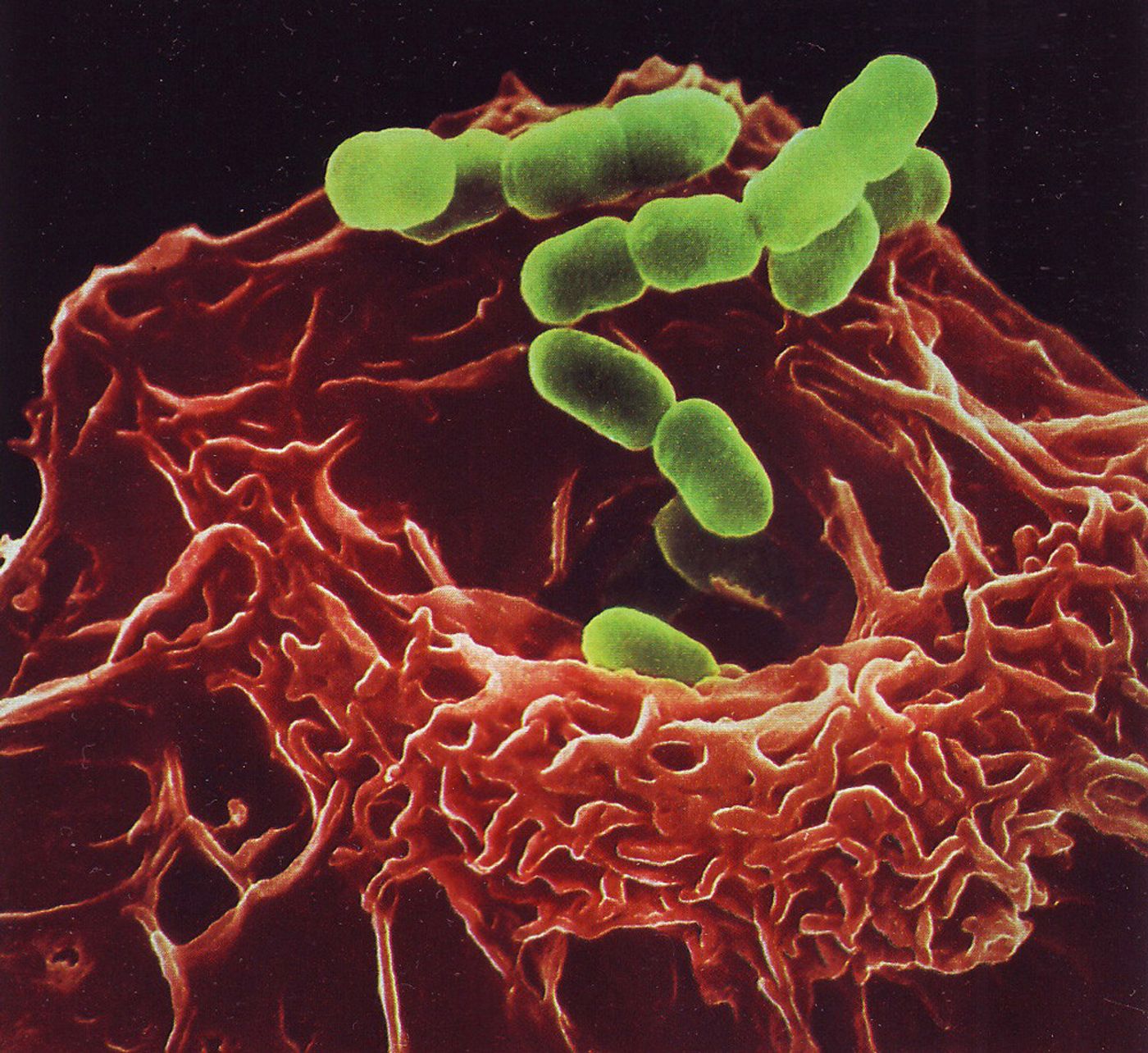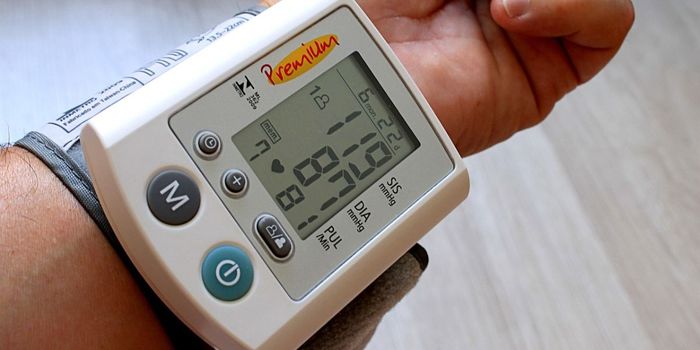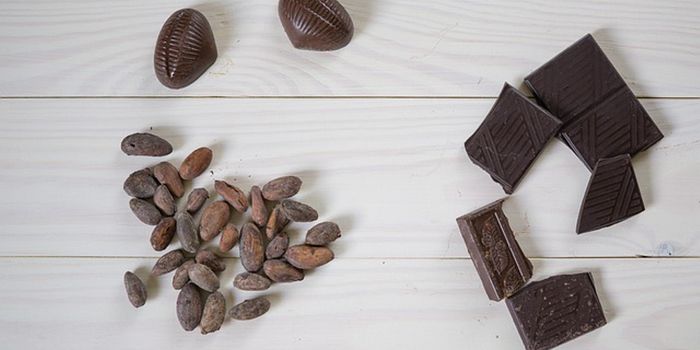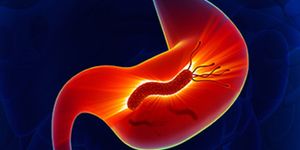Normally macrophages are called to a site of damage due to an infection or penetration of the skin, but scientists have discovered a unique type of these lymphocytes that hang out in the outer layer of arteries, waiting to repair any damage that might occur due to inflammation.
These macrophages, which can self-replicate, are thought to contain great potential for handling the progression of cardiovascular disease. More than 788,000 people in the United States died from cardiovascular complications in 2010 (
National Heart, Lung, and Blood Institute).
Monocytes are a type of white blood cell, and they differentiate into macrophages upon leaving the blood stream (
Duquesne University). Monocytes are “born” in the bone marrow.
In their study published this week in
Nature Immunology, University of Toronto scientists found that while normal macrophages that arise from the bone marrow travel to the arterial wall to get rid of bacteria during an infection when an alarm is raised by the immune system, the so-called “self-renewing” macrophages actually leave during an infection and return when it is ready to be repaired.
It is only just now being discovered the difference between these two types of macrophages thanks to a “special tagging system” that allowed the team to observe where each group migrated during a bacterial infection.
"Previously, we couldn't identify one macrophage from another because we were limited by technology," said Clinton Robbins, PhD. "Now we can see exactly where they're coming from and where they're going.”
In cases of certain cardiovascular complications like
atherosclerosis, where plaque build-up in the arteries can inhibit blood and oxygen flow to the heart, utilizing the action of self-renewing macrophages could be very beneficial. Apparently bone marrow macrophages can “cause atherosclerosis by entering the arterial wall and multiplying," and responding to these clots with an injection or other treatment of self-renewing macrophages could clear up blockages. This approach is thought to work better than inhibiting macrophage activation all together, leaving the patient vulnerable to infection.
Watch the following video to learn more about the confrontation between macrophages and bacteria.









